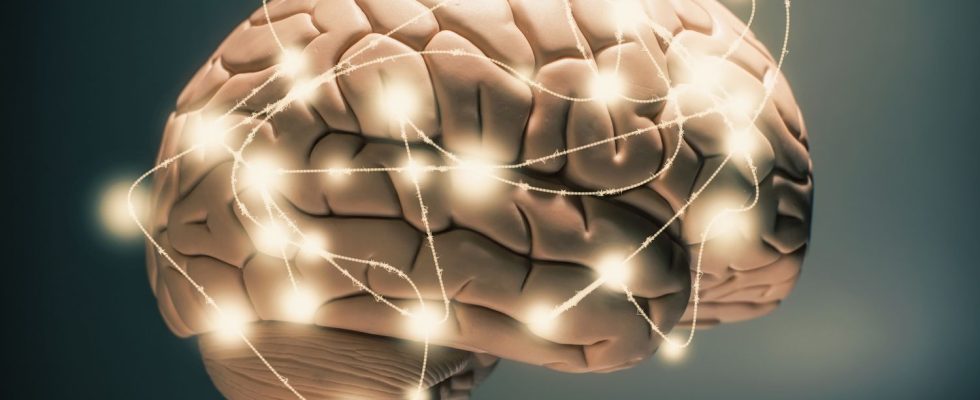In the United States, five head trauma victims regained brain capacity thanks to electrodes placed in their brains. Clinical trials are promising and scientists themselves are surprised by the performance on attention and memory tests.
Published
Reading time: 2 min

The prestigious universities of Stanford and Cornell have been working on a possible solution for car accident victims to recover lost abilities after severe head trauma. Scientists have proposed a clinical trial to volunteers, in which implants stimulate the brain electrically.
“Even watching a movie was complicated”
USA Today is interested in the case of Gina Arata. She lives with her parents in Modesto in northern California. In 2001, while a law student, her car skidded and hit a pole. A serious accident, after which she spent 14 days in a coma. Her lungs were damaged and she suffered a brain hemorrhage. For years after the accident, she was unable to concentrate. She says she couldn’t work as a waitress, for example, because she would have “forgot part of the order”. Even “watch a movie” was complicated. And then, she fell regularly, because she had lost her sense of balance, or had a tendency to lose her temper.
Then, five years ago, she volunteered for a clinical trial prepared by Cornell and Stanford universities for people with head injuries. The test therefore consisted of placing electrodes in his brain. IHad to do it while she was awake. “It was a strange thought.”she says, “to tell yourself, with your eyes open, that someone is exploring your brain”. The main challenge was to place the electrodes in exactly the right place, in the thalamus region, described as a kind of platform, connecting the part of the brain linked to consciousness and the others. Not all brains have the same shape, hence the complication and the need for the patient to be awake.
Clear and surprising improvements
This operation was described as a “tour de force” by an admiring neurosurgeon. It was also necessary to install the equivalent of a pacemaker in Gina Arata’s chest. Once the electrodes were activated and her brain stimulated, she felt the difference. She regained her ability to concentrate. She cited a list of products found in the aisle of a supermarket, which was previously impossible. She was able to remember how much money she has in her bank account. Since then, she has started a book, Where the crayfish sing by Delia Owens, and can better control her emotions.
The other four patients in the clinical trial also noticed marked improvements. According to the study published in the scientific journal Nature, they thought 30% faster when the electrodes were on than when they were off. Lhe researchers themselves seemed surprised that the results of the trial were so positive. In the United States alone, five million people suffer from head injuries, which prevent them from living normally. But of course the procedure must be tested on many more patients to ensure its effectiveness.
